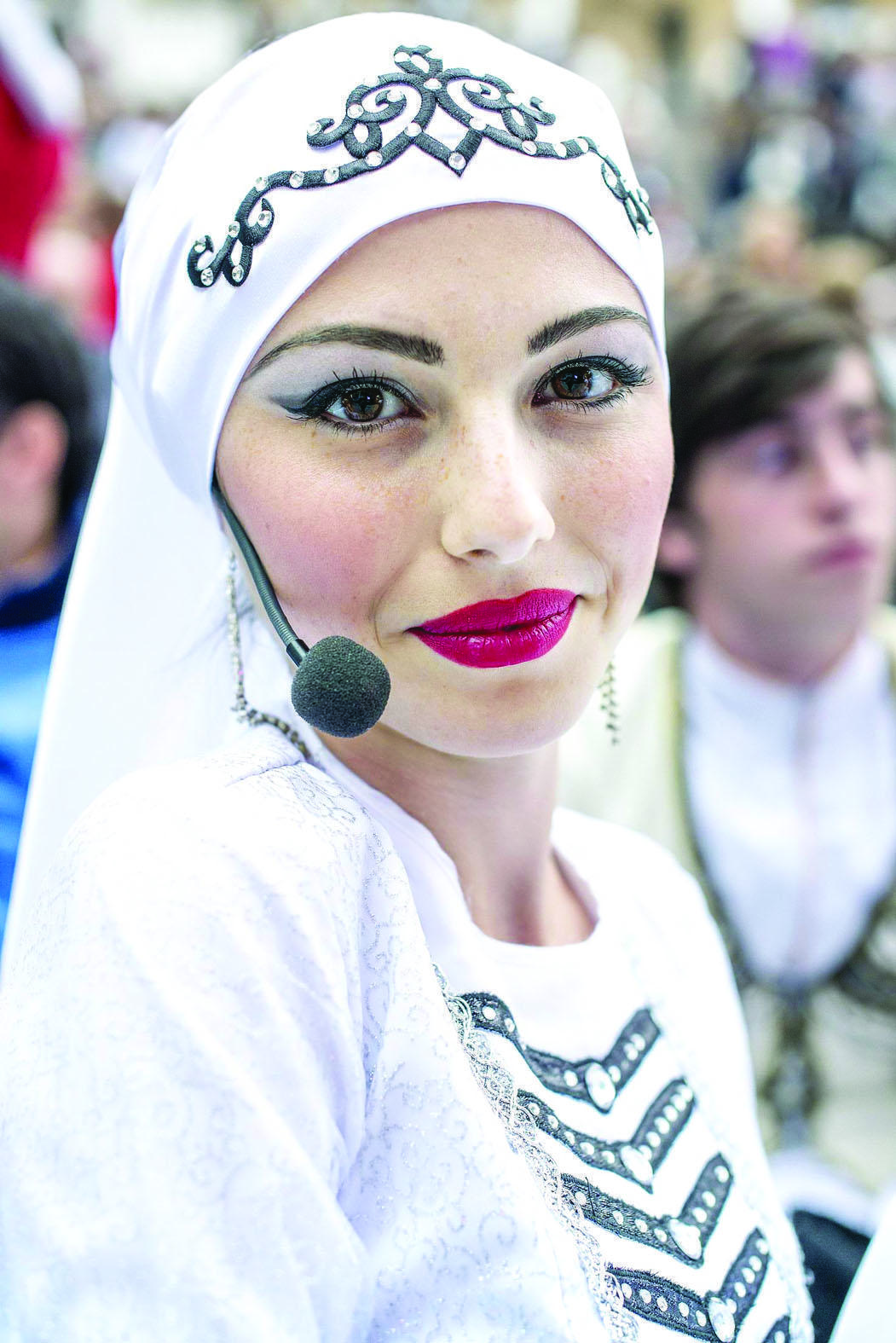A glance at Circassia through photos
ISTANBUL

Circassian photography artist Serina Haratoka Tara says that she tried to photographed the whole region with all of its elements like people, culture, cuisine, dances and all others.
In the 150th anniversary of the Circassian exile, Istanbul’s Feriye Lokantası will host a special photography exhibition from May 23 to 29. The magical homeland in Caucasia will be revived through the camera of Circassian Serina Haratoka Tara. The photographer’s first personal exhibition “Kabardino-Balkaria and Circassians” will display the Kabardino-Balkaria Autonomous Republic, the homeland of the Kabardin clan in Caucasia. The curator of the exhibition is Çağla Cabaoğlu.
The known history of Circassians in Caucasia dates back to 3,500 B.C. With the increasing Russian oppression in the middle of the 1800s, Circassians faced two options: They could either migrate to Siberia or Anatolia. A large number of Circassian and Abkhaz families were exiled from the mountains and lands they had been living on for almost 5,000 years. Suffering the pain of leaving their possessions and their homeland behind, aggravated by the profound pain of losing thousands of young and old people and children on their way, these people arrived in Anatolia with an unforgettable grief, with a perpetual desire to return.
 Illustrating the exile and culture for non-Circassians
Illustrating the exile and culture for non-CircassiansBorn in 1979 in Istanbul as the youngest member of a Circassian family of the Kabardin clan, photographer Tara says she is conducting the exhibition with a mission of introducing Circassians to the homeland they have never seen, illustrating both the exile and culture for non-Circassians.
The photographer defines her motivation for the exhibition with the following words: “This profound pain started 150 years ago. In exile, they clung to their customs and traditions with heart and soul in order to not forget their homeland; they did their best to keep their cuisine, music, dance and language alive. With such a struggle in the background, my travels through Caucasia were triggered by the desire to have a glance at the people who stayed in the homeland, what was left behind and the majestic nature mentioned; it was triggered by a desire to return. I tried to photograph the whole region with its nature, people, streets, dances, music, cuisine, clothing and all of its beauty. I believe it is a major social responsibility in terms of cultural wealth to ensure the Circassian community, with its significant place in the cultural mosaic of the world, is not forgotten about in their second homeland, Turkey, which is itself a major cradle of civilization, and to ensure the Circassian community becomes known by a wider community.”

 Illustrating the exile and culture for non-Circassians
Illustrating the exile and culture for non-Circassians